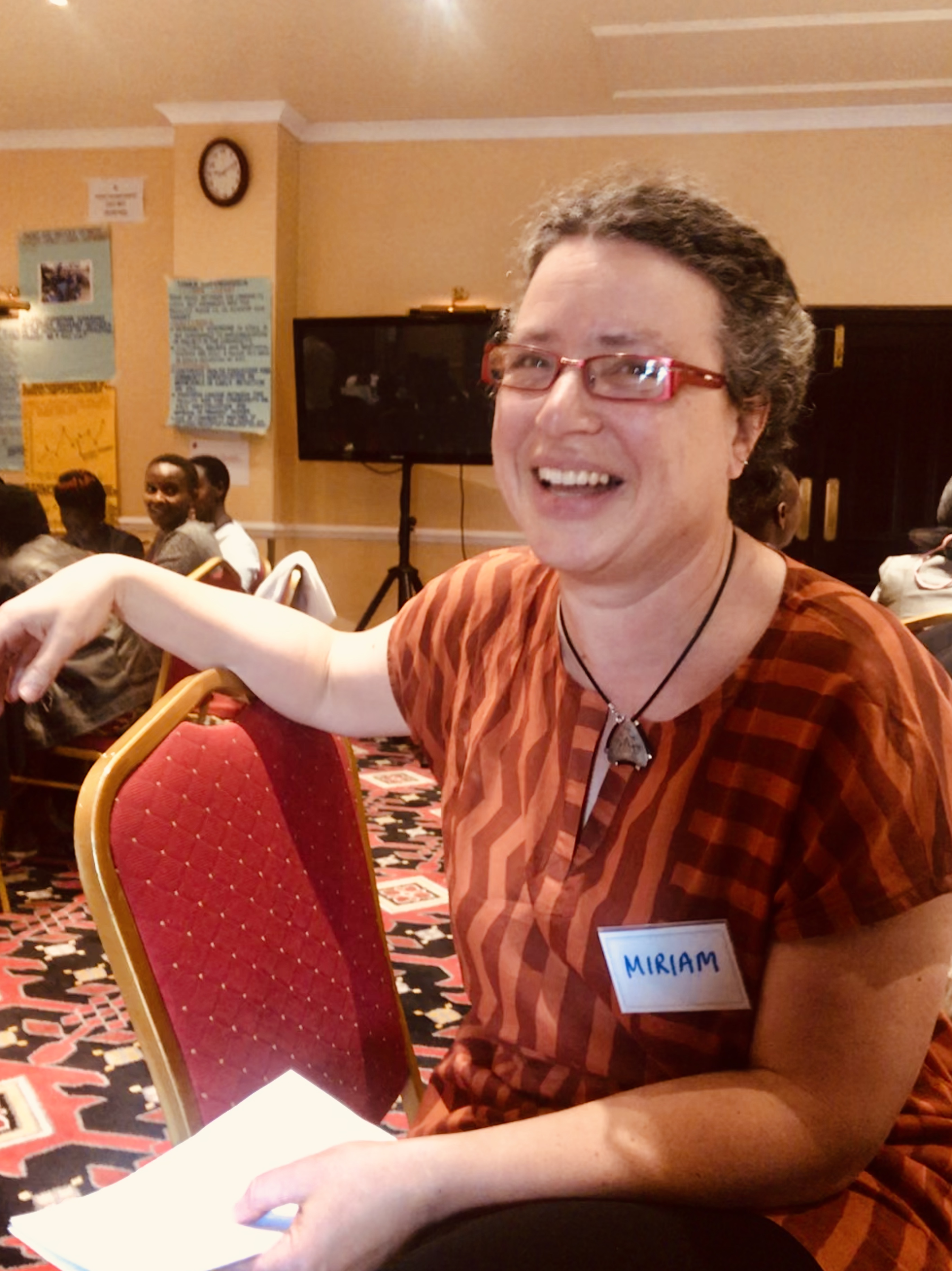Gathering evidence for equity in community health

A speech given by Professor Miriam Taegtmeyer at the 2019 Learning Event
"In the community health systems group at LSTM our vision is to create a world where your health is not dictated by who you are, where you were born or where you live. In order to do that we need to work together to generate evidence on (in)equity and get all voices heard.
Why are we gathering evidence? We gather evidence to show the essential contribution of community health programmes to universal health coverage. It can guide decision makers with data that they trust and can challenge counties to use this data. Evidence can influence decisions so that money is invested in the right place and so that we can monitor our progress and reach UHC with quality and equity.
What is evidence? Evidence is a record of what we are doing. But how you use evidence depends on your perspective and the methods that you use. If your method is interviewing people and hearing stories you might have a different view to those who collect numbers. It is not just about big trials. It’s not science that is saving lives it is systems and these are complex and political. The evidence from USAID SQALE is owned by community. There will also be evidence from researchers that will bring a different perspective.
Evidence can be difficult. Community health data can be hard to gather and even harder to interpret. The [routine data collection] tools that we have from government don’t always allow us to gather the information that we need, for example there is a target for the number of ANC visits in a pregnancy but no way of capturing this for CHVs. Uptake of referrals can be interpreted in some many ways as we saw in the poster presentations - it can vary with season, with improved self-referral rates, with high baselines or with improved data quality systems. Presenting evidence is challenging and choosing the right format is key. It needs to be clear to us and clear to other people. Interpreting evidence is difficult. Above all it takes time to see impact after QI approaches are implemented and evidence is so often gathered too early. We can see progress from the evidence presented here But also we see variation and challenges that reflect real life. These should encourage, rather than dishearten us as improvement will continue over time.
What are the evidence gaps? Firstly, there is a gap in the evidence on the way that communities and facilities link. What’s the purpose of referring a woman to the facilities if the services aren’t there or the staff are rude? What is the point of beautiful facilities if nobody refers to there? We need to step up our approach and create community facility linked QI teams.
Secondly, there is a gap in understanding coverage. Are all households really visited by CHVs or just ones nearest to them? We do not have a complete picture of this. It is good to see data on household visits as this lets us know if we are reaching the vulnerable and the remote. We will also hear from the household survey in Migori that coverage can be quite low in some communities, but we do not have a national picture of this. One practical way to achieve this would be to include a question in the next Demographic Health Survey on CHV visit.
Finally, there are big gaps at national and county level in evidence use and we need to challenge this. Why are we collecting evidence if it is not used? How are county decision makers using the data for decision making? There is a gap in data flows between the community, county and national levels. We need to ensure that when evidence is collected it is actually used.
Moving forward let us go on to realise more evidence over time. You will see its impact. Let us use the evidence to change our CHUs and let us act on the evidence to make decisions and policies.”